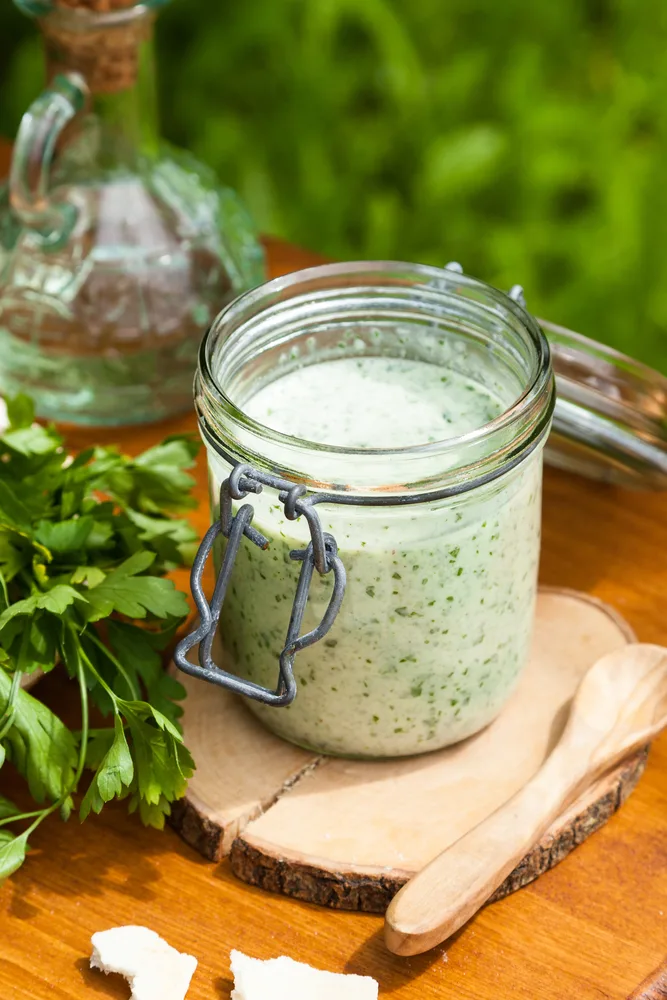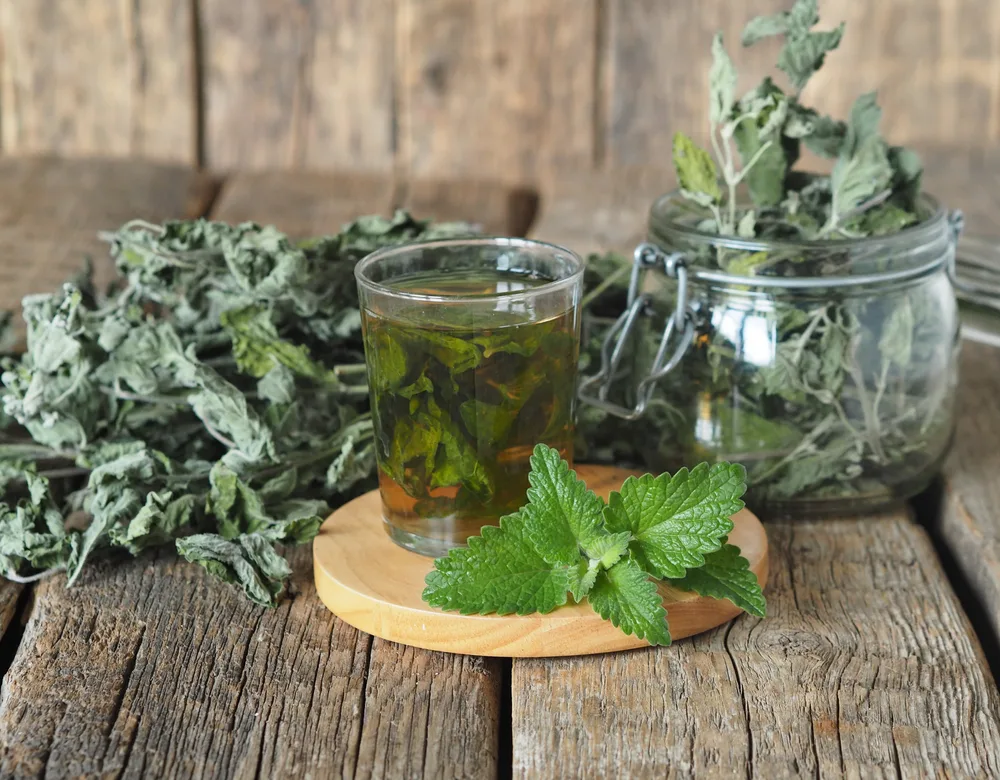5. Chocolate-dipped mint leaves
One really special way to indulge in fresh mint leaves is when they are dipped in chocolate – the darker, the better.
Eat them straight up, as is, or serve them as a garnish with fruit salads or vanilla ice cream.
Mint leaves dipped in chocolate is typically an adults-only treat, as younger children may find the mint intensity too outlandish. Give them a scoop of mint ice cream instead.
Chocolate Mint Leaves @ Healthy Recipes
6. Mint added to salads
You might be surprised with what mint pairs well with.
Add it to a spring salad with walnuts and Parmesan, or toss some mint leaves in a cucumber salad with onions and white wine vinegar.
7. Mint in yogurts

Whether you are adding a few fresh leaves of mint to your morning yogurt, or to a cooling yogurt mint sauce, there is no way you can go wrong.
To make a yogurt mint sauce to serve alongside fresh garden veggies or grilled meats, here is all you need:
- 1 cup yogurt (water buffalo or goat yogurt are both amazing, be adventurous!)
- 1/2 cup fresh mint leaves, finely chopped
- 1 garlic clove, minced
- 1 tablespoon lemon juice
- salt and pepper, to taste
- cayenne pepper, just a dash – optional
Instructions for mint yogurt sauce:
It cannot be easier than preparing all ingredients and whisking them altogether. Cover and refrigerate one hour until the flavors infuse with each other.
Store for up to one week in the fridge.
This is one of the best ways to use up a bunch of mint really fast. Use it as dressing for salads, dip your baked chicken in it, smother your burger, you get the point. It is tasty and sometimes that is all one really needs to know.
You can easily make it dairy-free by adding your favorite coconut-almond-soy or homemade cashew yogurt.
Mint for drinking
If you wish to preserve your mint for winter, for warming teas all throughout the colder months, it is a wonderful skill to learn to air-dry your herbs at home.
All it takes is a piece of string and a nail to hang a bunch of mint on, out of direct sunlight. With those three criteria, you can dry just about any edible garden or foraged herbs you come across. It makes wintertime that much more enjoyable when you can savor the fruits of your labor.
Guests will love to stop by and sip a cup of mint tea along with a friendly chat too.
8. Mint tea

We’ve just mentioned drying your own mint.
Reality is, mint tea can be made with either fresh or dry leaves. So, it really is always in season.
You will want to play around with amounts though. Too much mint can make you nauseous. Just the right amount will settle your stomach and put you at ease. Plus, it is caffeine-free, so feel free to consume it even before bedtime.
In summer months, when mint is reaching over the garden path and out through the garden gate, we always harvest a sprig or two fresh, as we leave the garden. The mint always has a way of reminding us: it is time to pluck and prune it back.
Once inside, straight into a pot of boiled water it goes. Then it is instantly removed from the stove. Let it steep no longer than 5 minutes, strain and serve hot. Or let it come to room temperature before refrigerating it to serve cold the following day.
For 4 cups of fresh mint tea, two sprigs are usually enough to really feel the minty flavor. For those of you who love to count, that is about 22-34 leaves.
Honey is optional, as many times we find the mint sweet on its own. Although a slice of organic lemon always feels nice alongside.
If you are using dried mint to make tea, use much less. The flavors will become concentrated over time.
In the case of using dried mint, we find it beneficial and tasteful to add it to other herbs such as red clover, plantain, raspberry stem, or even nettle.